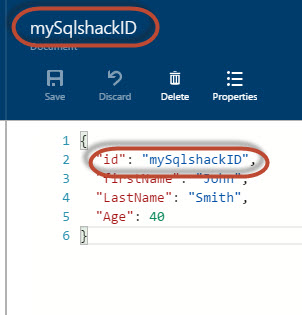Introduction
The first time that you create your VM in Azure manually using the UI is a very pleasant experience. However, when you have hundred and sometimes thousands of computers it is extremely exhausting and boring to create and configure it.
With PowerShell, it is possible to automate several administrative tasks and create scripts to automatically create VMs, enable ports, download and create remote desktop files, administer services, etc.
In this new chapter, we will show how to create a Virtual Machine in Azure with SQL Server installed using PowerShell.
Read more »

